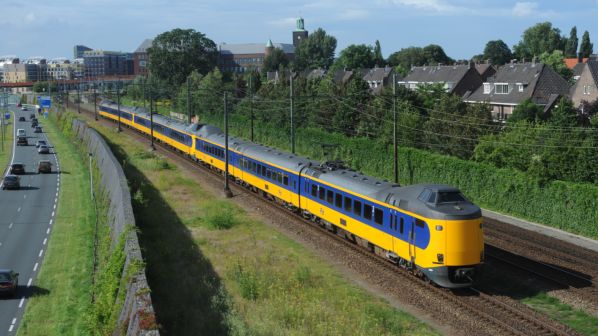Prorail says it has identified 60 bottlenecks in the power supply and needs more substations and transformers together with higher-capacity cables to adapt the network to future traffic patterns.
In February the Dutch government unveiled plans to connect nine major cities with 10-minute interval services by 2040, which will significantly add to the pressure on core routes. However, last month Netherlands Railways (NS) warned the network faces a capacity crunch by 2027 without additional investment in infrastructure enhancements.
The line between Haarlem and the coastal town of Zandvoort aan Zee is an example of a route already suffering the negative effects of inadequate electrification infrastructure. Normally two trains per hour operate in each direction, increasing to four trains per hour at peak times.
Formula 1 motor racing will return to the circuit at Zandvoort in 2020 and more than 300,000 people are expected to travel to the three-day event by rail. Prorail says the electrification system will be unable to cope with more than four trains an hour.
During the 1980s and 1990s the Dutch planned to convert the network from 1.5kV dc to 25kV ac, but the plans were ultimately abandoned. Prorail re-evaluated the business case for 25kV ac conversion and found there was a stronger case for upgrading the network to 3kV dc, which would improve acceleration and reduce power consumption.

